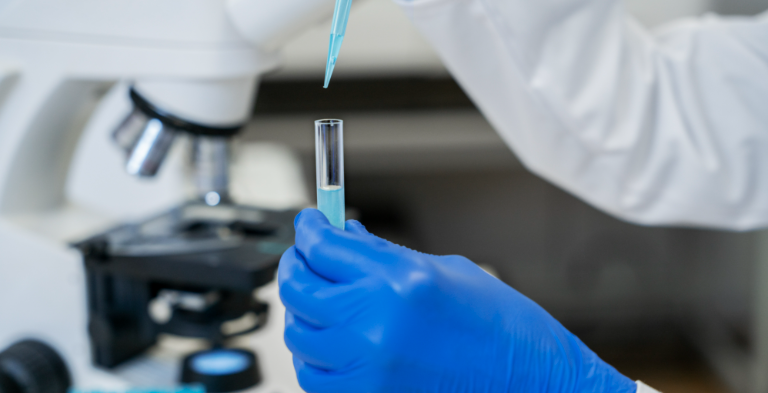
Quantitative Fluorescent Polymerase Chain Reaction (QF-PCR) is a molecular diagnostic technique for the rapid detection of common chromosomal aneuploidies involving chromosomes 13, 18, 21, X, and Y.
It analyzes highly polymorphic Short Tandem Repeat (STR) markers specific to these chromosomes. By quantifying the fluorescent signal from amplified STR alleles, QF-PCR can accurately determine the copy number of the target chromosomes.

Indications
QF-PCR is indicated for:
Neonates with dysmorphic features or clinical suspicion of Down syndrome, Edwards syndrome, Patau syndrome, Turner syndrome, or Klinefelter syndrome.
Fetal Chromosome Analysis
| Condition | Chromosome(s) Involved | Clinical Impact | Typical Sensitivity |
|---|---|---|---|
| Down Syndrome | Trisomy 21 | Intellectual disability, congenital anomalies | >99% |
| Edwards Syndrome | Trisomy 18 | Severe growth retardation, multiple anomalies, poor survival | >99% |
| Patau Syndrome | Trisomy 13 | Severe CNS defects, multiple anomalies, poor survival | >99% |
| Turner Syndrome | Monosomy X (45, X) | Short stature, ovarian dysgenesis, cardiac issues | >99% |
| Klinefelter Syndrome | 47, XXY | Hypogonadism, learning disabilities, infertility | >99% |
| Other Sex Aneuploidies | 47, XXX; 47, XYY | Variable phenotypes, often milder | >99% |

Platform & Methodology
DNA Extraction: DNA is isolated from the clinical sample (amniocytes, chorionic villi, blood cells).
Multiplex PCR: Specific polymorphic STR markers located on chromosomes 13, 18, 21, X, and Y are co-amplified using fluorescently labeled primers. Amelogenin (AMELX/AMELY) or other X/Y specific markers are used for sex determination and sex chromosome aneuploidy detection.
Capillary Electrophoresis: The fluorescent PCR products are separated by size using capillary electrophoresis.
Data Analysis: The fluorescent signal intensity and peak ratios for each STR marker are analyzed.
Advantages

Limitations
Clinical Guidelines
| Sample Type | Collection Requirements | TAT |
|---|---|---|
| Amniotic Fluid (AF) | 5-10 ml (minimum 2ml) in sterile, plain universal container | 24-48 hours |
| Chorionic Villus (CVS) | 5-10 mg villi in sterile transport medium or saline | 24-48 hours |
| Peripheral Blood | 1-3 ml in EDTA (purple top) tube | 24-48 hours |
Shipping Conditions: Room temperature. Avoid freezing or excessive heat. Ensure prompt delivery for optimal sample quality.